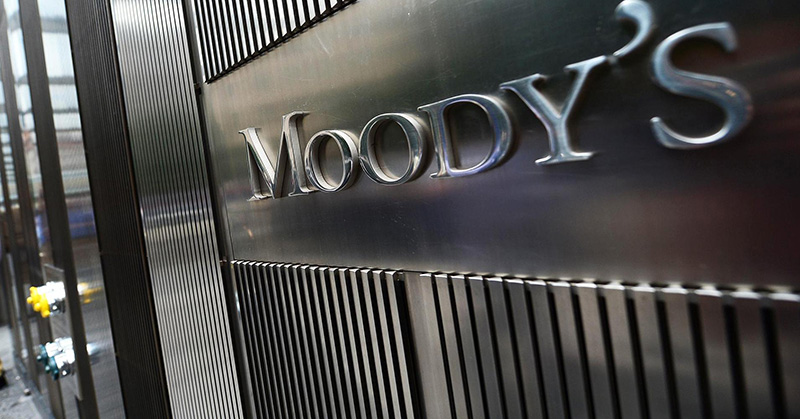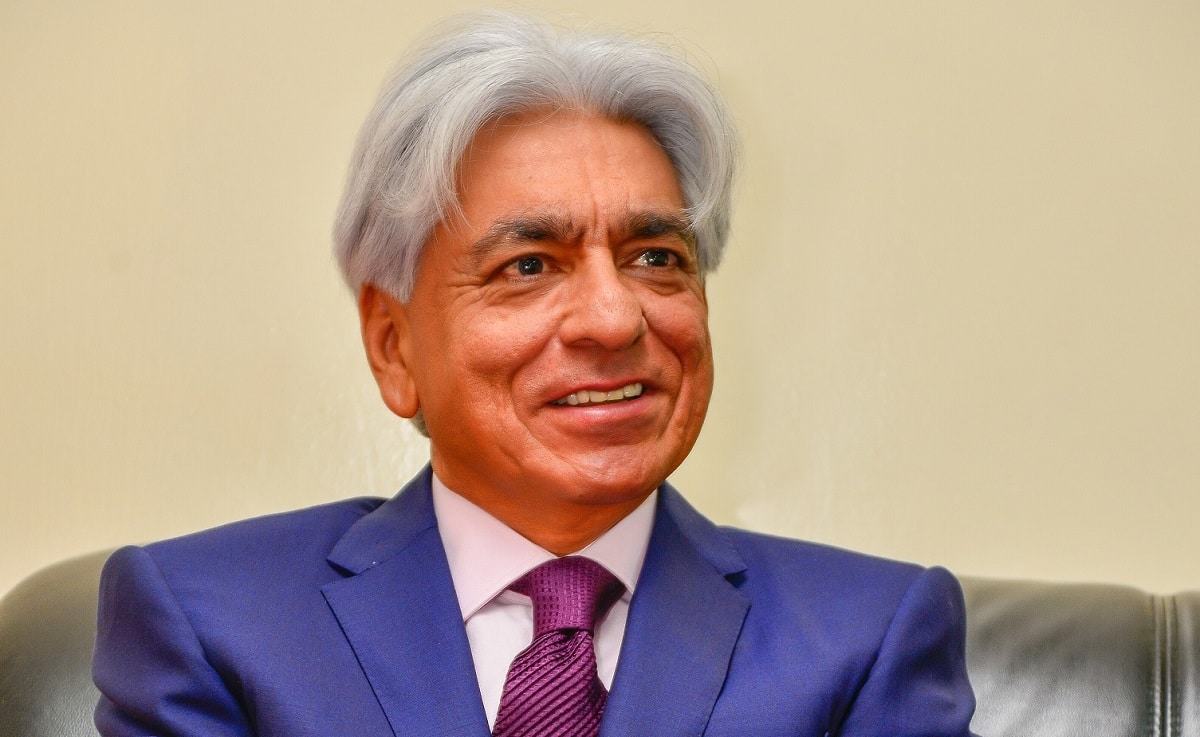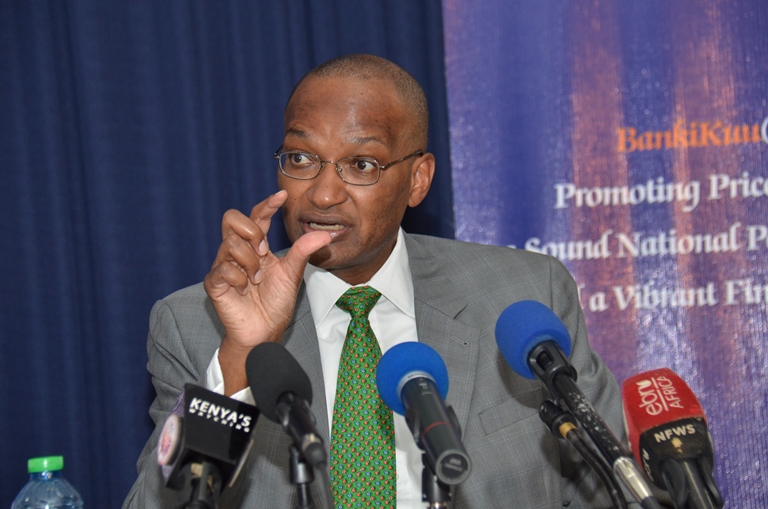Moody’s Investors Service (“Moody’s”) on Tuesday downgraded the issuer rating of the Government of Kenya to B2 from B1 and assigned a stable outlook. This concludes the review for downgrade that commenced on October 2, 2017.
The drivers of the downgrade relate to an erosion of fiscal metrics and rising liquidity risks that point to overall credit metrics consistent with a B2 rating. The fiscal outlook is weakening with a rise in debt levels and deterioration in debt affordability that Moody’s expects to continue. In turn, large gross financing needs and reliance on commercial external debt will maintain government liquidity pressures. While the government aims to improve the efficiency of spending and revenues, such measures are unlikely to be effective enough to stem a weakening in fiscal trends.
“At B2, risks are balanced, and supportive of a stable outlook. Kenya retains strong fundamental economic strengths with a relatively diversified economy that holds strong growth potential. Moreover, Kenya has a relatively deep capital market and mature financial sector, which affords the government some capacity to issue domestically in local currency and with longer tenors,” Moody’s said in a statement.
Concurrently, Moody’s has lowered the long-term foreign-currency bond ceiling to Ba3 from Ba2 and the long-term foreign-currency deposit ceiling to B3 from B2. Moody’s has also lowered the long-term local-currency bond and deposit ceilings to Ba2 from Ba1.
Rationale
Moody’s says it expects Kenya’s fiscal metrics to continue deteriorate, as large primary deficits combine with worsening debt affordability and rising debt levels.
Moody’s forecasts government debt to increase to 61% of GDP in fiscal year 2018/19 (the year ending in June 2019), from 56% of GDP in FY 2016/17 and 41% of GDP in FY 2011/12. Large infrastructure-related development spending needs combined with subdued revenue collection and a rising cost of debt will result in large fiscal deficits and keep government debt on an upward trend. Moody’s expects the primary deficit to remain above 4.0% of GDP over the next two years, after 5.3% of GDP in FY 2016/17.
Related: Kenya’s credit score under threat
At the same time, it says Kenya’s structural fiscal reform will be key to approaching the government’s ambitious medium-term objectives of fiscal consolidation and strengthening fiscal resilience, but are unlikely to have a material nearer-term impact on fiscal performance.
“Efforts to streamline and modernise public spending can result in improvements in efficiency, which would create fiscal space for development spending or to limit fiscal imbalances. Kenya’s expenditure reform plans include ‘zero-based budgeting’ to reduce wasteful spending, better management of the public wage bill, and increased planning and budgeting of public investments. The Kenyan Treasury also plans to focus on improving the efficiency of tax collection and compliance by increasing the capacity of the Kenyan Revenue Authority, rolling out IT-related measures to reduce undervaluation of taxable income and concealment of imports, and expanding the tax base through targeted measures aimed at the informal sector of the economy,” Moody’s says.
It adds although the government aims to reduce the size of the fiscal deficit, given a mixed track record in terms of implementation of fiscal consolidation and demands for development and social spending on the government’s budget, effective fiscal consolidation is likely to be slower than the government envisages and unlikely to be sufficient to reverse the deterioration in fiscal strength.
“The risk of financing stress will increase as more commercial external borrowing, denominated in foreign currency, begins to mature over the next few years, particularly in an environment of rising global interest rates and a number of sub-Saharan African sovereigns seeking refinancing at the same time. Kenya’s first Eurobond payment of $750 million (1% of forecast GDP) is due in June 2019, followed by a second $2 billion Eurobond maturing in 2024. A syndicated loan originally taken out in 2015 and worth $750 million was extended by six months in October 2017, with 90% of investors agreeing to extend the maturity to April 2018,” Moody’s said.
READ: Linus Kaikai says he is not leaving NTV
It adds the increase in short-term domestic debt, to 9.4% of GDP at the end of FY 2016/17 from 3.3% of GDP five years earlier, will also test the capacity of the government to roll over a large stock of debt on the domestic market at moderate costs.
Moody’s says the stable outlook reflects the broadly balanced credit pressures at the B2 rating level.
“Kenya’s economic strength is supported by a relatively diversified economy with high growth potential at around 6.0-6.5%, which provides some capacity to absorb economic shocks. In turn, a relatively stable economy limits the risk of a sudden slump in the government’s revenue base,” says Moody’s.












Leave a comment